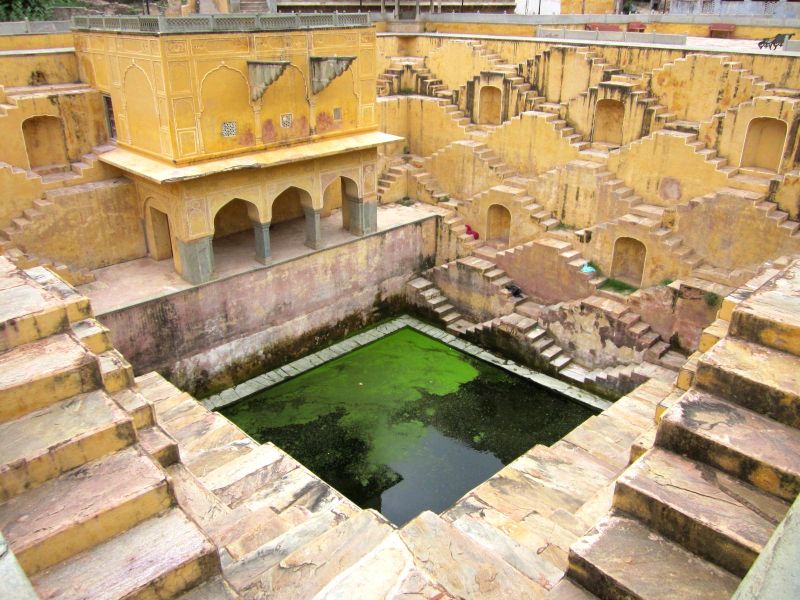Modern India Can Learn a Lot from These 20 Traditional Water Conservation Systems
Published on by Rituraj Phukan, Chief Operating Officer at Walk For Water in Social
Here is a brief account of the unique water conservation systems prevalent in India and the communities who have practised them for decades before the debate on climate change even existed.

India Water Reservoir, Wikimedia Commons, Author: pradeep kumar chatte
We all know water is essential, but too many of us think it’s unlimited. In reality, fresh water is a finite resource that is rapidly becoming scarce. In India, a warming climate is drying up lakes and rivers, while rapid urbanisation and water pollution are putting enormous pressure on the quantity and quality of surface and ground water.
The country’s fragile agricultural system still depends primarily on rainfall and a bad monsoon season can wreck havoc on the national economy.
Water conservation is a key element of any strategy that aims to alleviate the water scarcity crisis in India. With rainfall patterns changing almost every year, the Indian government has started looking at means to revive the traditional systems of water harvesting in the country.
Given that these methods are simple and eco-friendly for the most part, they are not just highly effective for the people who rely on them but they are also good for the environment.
History tells us that both floods and droughts were regular occurrence in ancient India. Perhaps this is why every region in the country has its own traditional water harvesting techniques that reflect the geographical peculiarities and cultural uniqueness of the regions. The basic concept underlying all these techniques is that rain should be harvested whenever and wherever it falls.
See the list of traditional water conservation systems in India with photos on: The Better India
Media
Taxonomy
- Water
- Technology
- Water Supply
- Integrated Water Management
- Access
- Water Supply
- Water Management
- Infrastructure
- Reservoir
- Infrastructure Management
2 Comments
-
Fresnel lens decontamination design can be adapted for most containers of still water. Details from rosjonesenvedu@hotmail.com
-
ConstruKs(dot com) could be used for most of these constructions/benefits